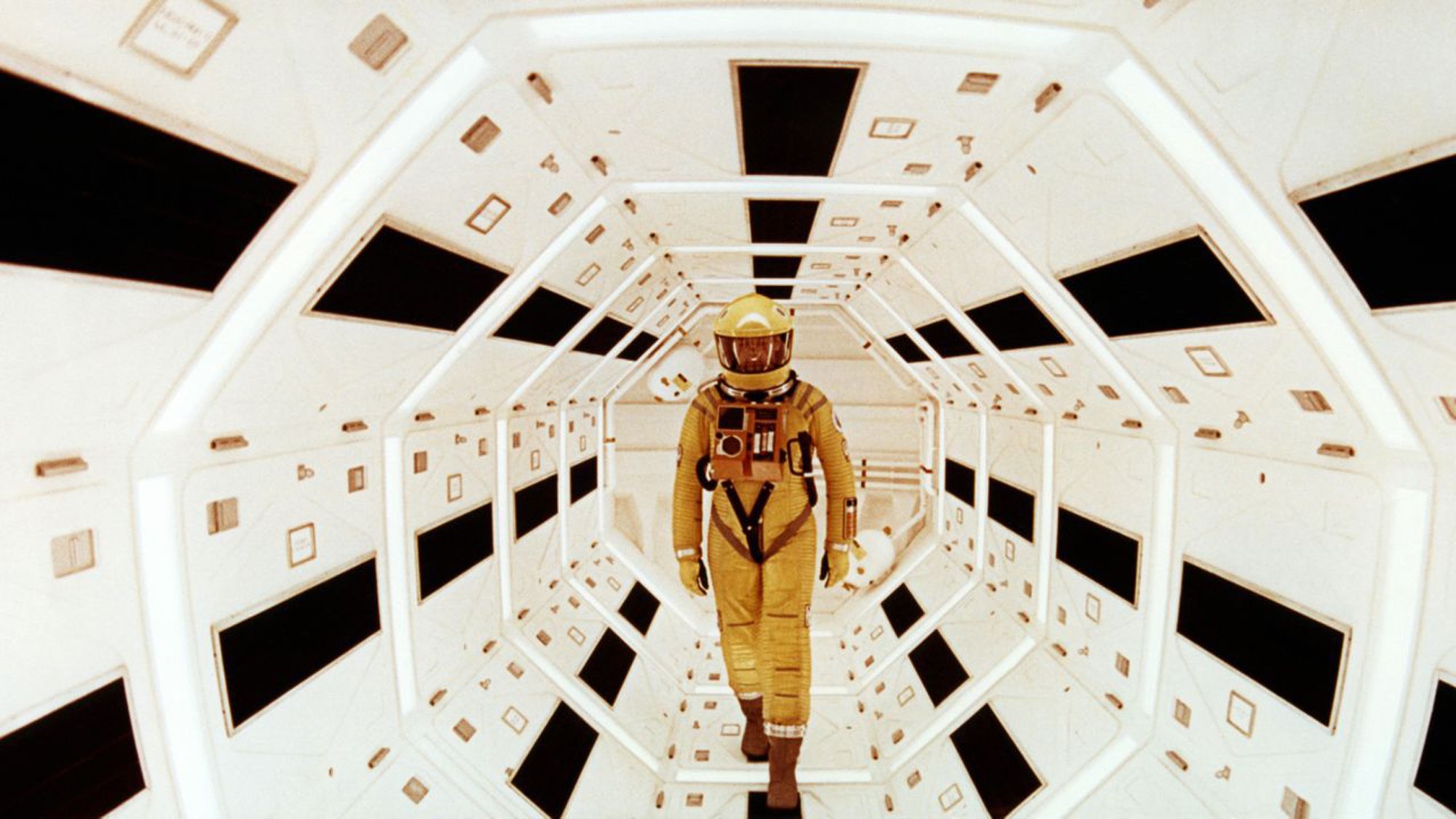What do filmmakers Martin Scorsese, Christopher Nolan, Edgar Wright, Gaspar Noé, David Fincher and Lars von Trier all have in common? All of them have claimed legendary director Stanley Kubrick as a source of inspiration in their own movies. There are dozens more directors who have gone on record celebrating Stanley’s singular brilliance – few directors have impacted cinema like he did. Though he only directed 13 films over a nearly five-decade career, he covered practically every genre, including sci-fi, satirical comedy, the epic, war, heist… you name it, Stanley has likely done it.
Stanley was known as a relentless perfectionist, often demanding a seemingly infinite number of takes from his actors in order to achieve greatness. He was a constant innovator, breaking new ground in every film he made, from game-changing visual effects in 2001: A Space Odyssey to the Steadicam shots in The Shining. He was also unafraid to tackle taboo subjects, perhaps most famously in his 1962 adaptation of Vladimir Nabokov’s Lolita. But largely, Stanley’s films challenged our very notions of storytelling and film as a medium. As Steven Spielberg put it, Kubrick made films that were “antithetical to the way we were accustomed to receiving stories.”
So, how do you even begin to tackle the oeuvre of one of cinema’s titans? Here’s your guide to getting into the world of Stanley Kubrick.
The entry point is… Paths of Glory (1957)
Getting into Stanley Kubrick can be an intimidating task. With most of his major films running for well over two hours, the perfect entry point is his fantastic anti-war film, 1957’s Paths of Glory. The film brings together many of the director’s best traits in less than 90 minutes. While Stanley’s work deals with a myriad of themes, it’s war that he’s turned to time and time again. The relentless horrors of war are showcased in Fear and Desire and Full Metal Jacket; the underlying absurdity of it in Dr. Strangelove; and the looming threat of it lurks at the borders of Barry Lyndon and A Clockwork Orange. Paths of Glory, Stanley’s most humane film, is a searing indictment of the empty, mechanical nature of war — which he shows us by exposing war’s inhumanity.
Necessary viewing? Barry Lyndon (1975)
Sandwiched in between dystopian crime (A Clockwork Orange) and a hotel horror (The Shining) came the epic Barry Lyndon, a three-hour period drama. Ryan O’Neal stars as Barry, one of cinema’s most compelling and complicated characters, an utter bastard one moment, and magnanimous the next. The film follows the character’s desperate and opportunistic rise from the farms of Ireland to the peak of English high society. Ever in search of perfection, Stanley wanted Barry Lyndon to feel as authentic as possible, so he got specific lenses – the same NASA used for the Apollo moon landings – so he could authentically film scenes lit entirely by candlelight. Don’t let the film’s intimidating 185-minute runtime put you off (Stanley’s second longest after Spartacus): this is a hugely entertaining journey of moral complexity and deception, even for those averse to period dramas. It doesn’t hurt that it’s one of the most visually astonishing movies ever made.
The one everyone’s seen is… 2001: A Space Odyssey (1968)
What to say about 2001 that hasn’t been said already? It’s at the top (or nearly at the top) of just about every list of the world’s best films, and for good reason. This is cinema at its most transcendental, most thrilling, and most challenging. It changed the science fiction genre forever and pushed the boundaries of special effects to staggering degrees – just some of the reasons the film, despite being 55 years old, looks like it was made yesterday. But beyond its numerous laurels, its relevancy grows with each passing day, as the primary theme of our relationship with artificial intelligence feels more eerily prescient now than it did in 1968. Its influence on pop culture is unmistakable: its opening has been parodied by Mel Brooks and Greta Gerwig alike, and The Simpsons, Toy Story and Clueless have all paid homage. No other film has reckoned with humanity’s place in the universe like this. And frankly, there’s just no other film like 2001.
The underappreciated gem is… Eyes Wide Shut (1999)
Though Eyes Wide Shut is technically Stanley’s highest-grossing film, it’s rarely mentioned among his greatest works. While Dr. Strangelove, 2001, and The Shining get most fans’ attention, it’s his airtight, extremely intense sexual thriller that deserves more appreciation. This psychosexual journey follows Bill (Tom Cruise) whose wife Alice (Nicole Kidman) tells him she’s been having sexual fantasies about other men. This leads Bill to discover a secret underground sex group that’ll change his relationship forever. While Stanley is often credited as an incredible innovator and brilliant director, he rarely gets credit for his fine work with actors. Eyes Wide Shut relies heavily on the career-best work of Tom and Nicole to create an uneasy atmosphere comparable with most high-wire thrillers. An engrossing exploration of marriage, sex and power makes this terrifying, erotic, exceptional viewing.
The deep cut is… The Killing (1956)
In this, Sterling Hayden shines as the cooly-named Johnny Clay, who assembles a team for a final epic heist — robbing a racetrack — before settling into married life. The film was made before Paths of Glory which put Stanley on the map, but there’s plenty to admire in this low-budget movie, which implements multiple perspectives and a dizzying structure that freely jumps back and forth through time. Compared to the immaculate cinematography of Stanley’s later films, The Killing is rough around the edges, but that only helps add to the movie’s unpredictable nature. The blueprint of Stanley’s excellence is on display here: sizzling dialogue, sharp tracking shots and a surprising humour laced with irony. Even in his earliest days, Stanley was creating influential art – Quentin Tarantino drew from The Killing as a big influence on his own Reservoir Dogs.

